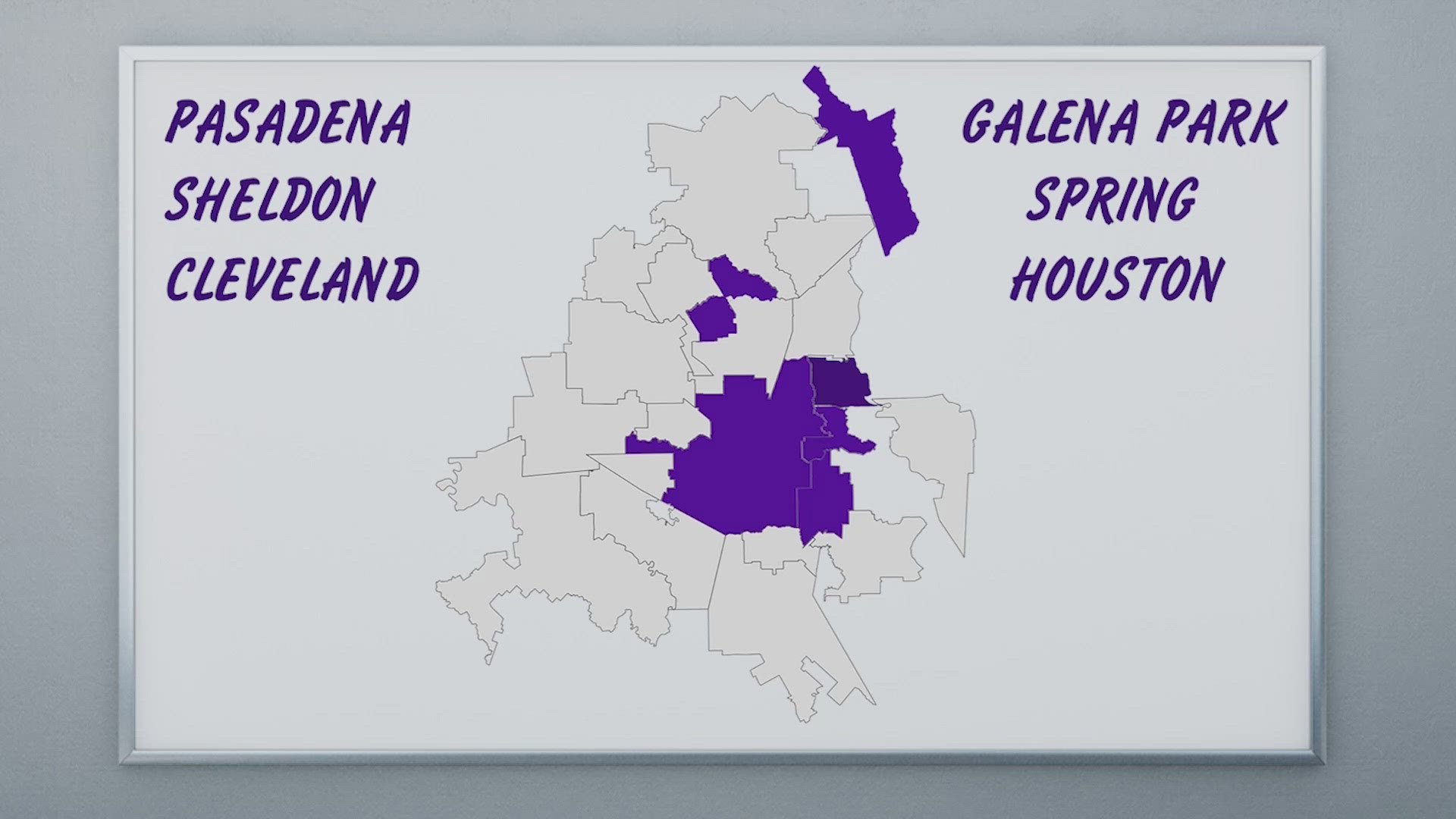HOUSTON — We've heard a lot about Texas schools struggling when it comes to funding, but is there really an issue?
To get answers, the Kinder Institute at Rice University took data from the Texas Education Agency and paired it with the National School Finance Indicators database. What they discovered might seem obvious to parents.
"A majority of Texas school districts are underfunded," said Ruth López Turley with the Kinder Institute. "About 73% of them are underfunded, just meaning that that the amount of per-pupil funding they receive is lower than the amount of per-pupil funding they need."
In our back-to-school survey, we heard from many of you that student preparedness and teacher turnover were concerns.
Per-pupil funding was determined by the school finance indicators based on two main factors -- local labor costs, which can vary greatly district to district, and students' needs
"Because different students are associated with different costs," Turley said. "For example, special needs students cost more to educate. English learners cost more to educate."
Turley says the study found many Texas school districts were severely underfunded, meaning the district's funding gap exceeds 40% of its needs.
Those schools are strongly associated with a TEA student achievement rating of a C or lower. Locally, Pasadena, Sheldon, Cleveland, Galena Park, Spring, and Houston ISDs are among those considered to be severely underfunded.
But the largest funding gap percentages are at Aldine and Alief ISDs.
Turley says additional per-pupil funding to simply reduce the gap by 35%, not close it completely, would help increase a district's TEA rating to an A or B.
"On the most severely underfunded school district, if you total up the enrollment, you total up the additional per-pupil funding that would be needed to reduce those gaps, it would be about $9.3 billion."
Texas has the money to do that. The state comptroller says Texas will have $23 billion in its rainy day fund at the end of 2024, but the state legislature would have to approve using that money for public schools. The state legislature has not increased per-student funding in Texas since 2019.

